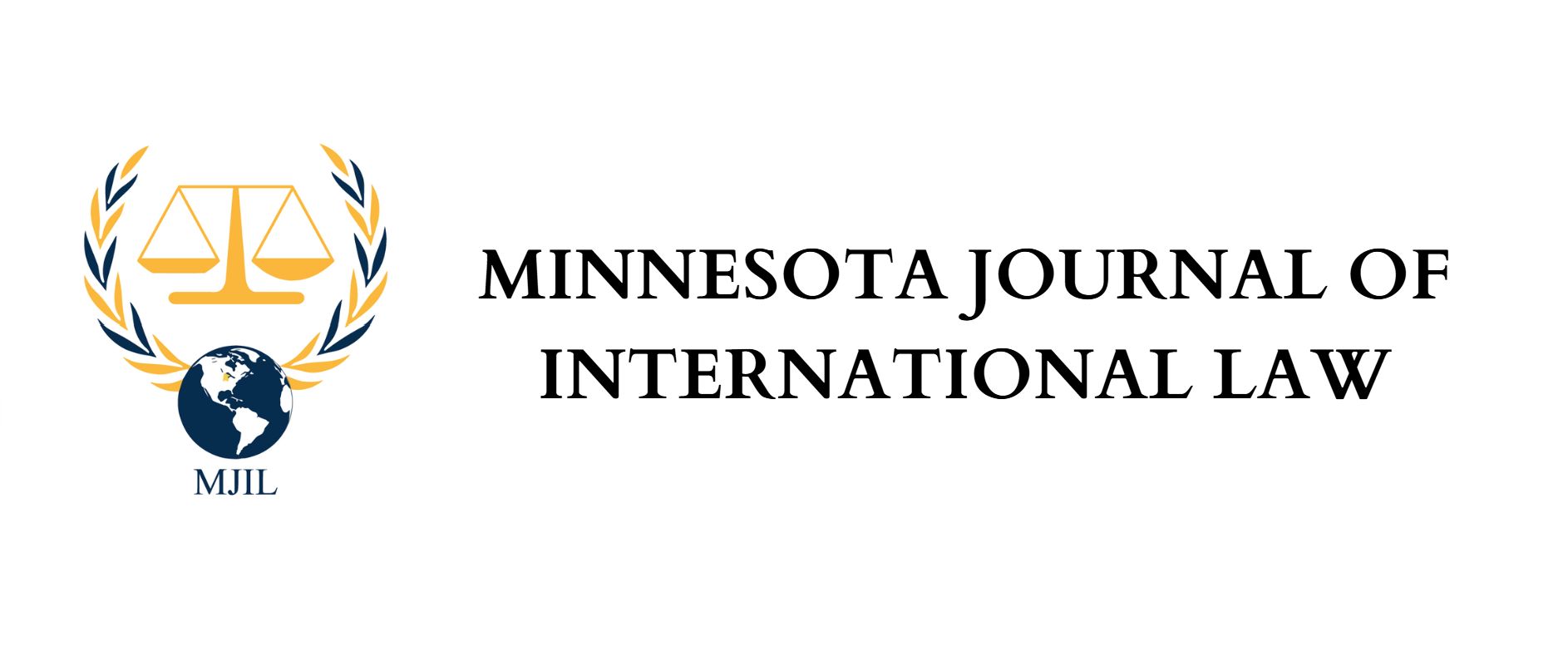Zihan Jiang, Staff Member
Since U.S. President Donald Trump took office in 2016, he has complained about China’s trading practice.[1] In order to solve this problem, President Trump has imposed three rounds of tariffs on Chinese goods, totaling more than $250 billion dollars.[2] The duties covers a wide range of industrial and consumer items.[3] And President Trump has threatened tariffs on another $267 billion worth of goods, which means that all Chinese goods will be imposed tariffs.[4] On the other hand, trade talks never stopped between the two largest economies.[5] Because the Chinese economy grows at a slower pace and President Trump in need of some good political news, both sides have incentive to compromise.[6] As a result of long-term negotiation, China agreed and announced a wide variety of tariff and export duty cuts for business beginning January 1, 2019, which covered 706 types of products.[7]
However, the trade war between China and U.S. has not turned to the “peace and love” direction and has become even more complicated. On January 28, 2019, China triggered the legal process for the World Trade Organization (WTO) to hear Beijing’s challenge to U.S. tariffs imposed on $234 billions of goods, and condemned the U.S. for blocking the appointment of judges who could rule on it.[8] China argues that imposing tariffs on Chinese imports is a violation of United States’ “obligation under WTO agreements” and will incur a “systemic challenge to the multilateral trading system.”[9] In addition, China alleges that U.S. tariffs violate the WTO’s most favored nation provision because the measures fail to provide the same tariff treatment that the U.S. offers to imports of all other WTO members.[10]The U.S. official responded that “China was using the WTO system as a shield for trade-distorting policies, and China was damaging the world trading system through ‘grossly unfair and trade-distorting forced technology transfer policies and practices and through this unfounded dispute.’”[11] The U.S. also counters that the “tariffs fall outside the WTO’s remit because they address trade issues that are not specifically covered under WTO rules.”[12] It is unclear now what the outcome will be.
[1] A Quick Guide to the US-China Trade War, BBC (Jan. 7, 2019), https://www.bbc.com/news/business-45899310.
[2] Id.
[3] Id.
[4] Id.
[5] Michael Schuman, The U.S.-China Trade War Isn’t Going Anywhere, Atl. (last visited Jan. 28 10:38 AM), https://www.theatlantic.com/international/archive/2019/01/us-china-trade-talks-resume/581434/.
[6] Id.
[7] Alexander C. Koty, New Tariff, Export Duty Cuts in China for 2019- Wide Variety of Products Affected, China Briefing (Jan. 2, 2019), https://www.china-briefing.com/news/new-tariff-export-duty-cuts-china-2019-wide-variety-products-affected/.
[8] Thomson Reuters, China Starts Legal Process at WTO Over U.S. Tariffs, CBC (Jan. 28, 2019), https://www.cbc.ca/news/business/china-wto-tariffs-1.4995699
[9] Id.
[10] Bryce Baschuk, Trump’s China Tariffs Likely to Be Investigated by the WTO, Bloomberg (Jan. 27, 2019, 11:00 PM), https://www.bloomberg.com/news/articles/2019-01-27/trump-s-china-tariffs-likely-to-be-investigated-by-the-wto
[11] Thomson Reuters, supra note 8.
[12] Baschuk, supra note 10.
